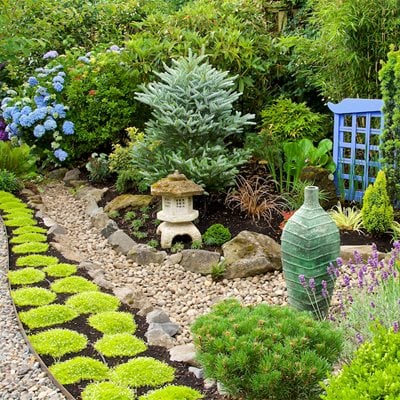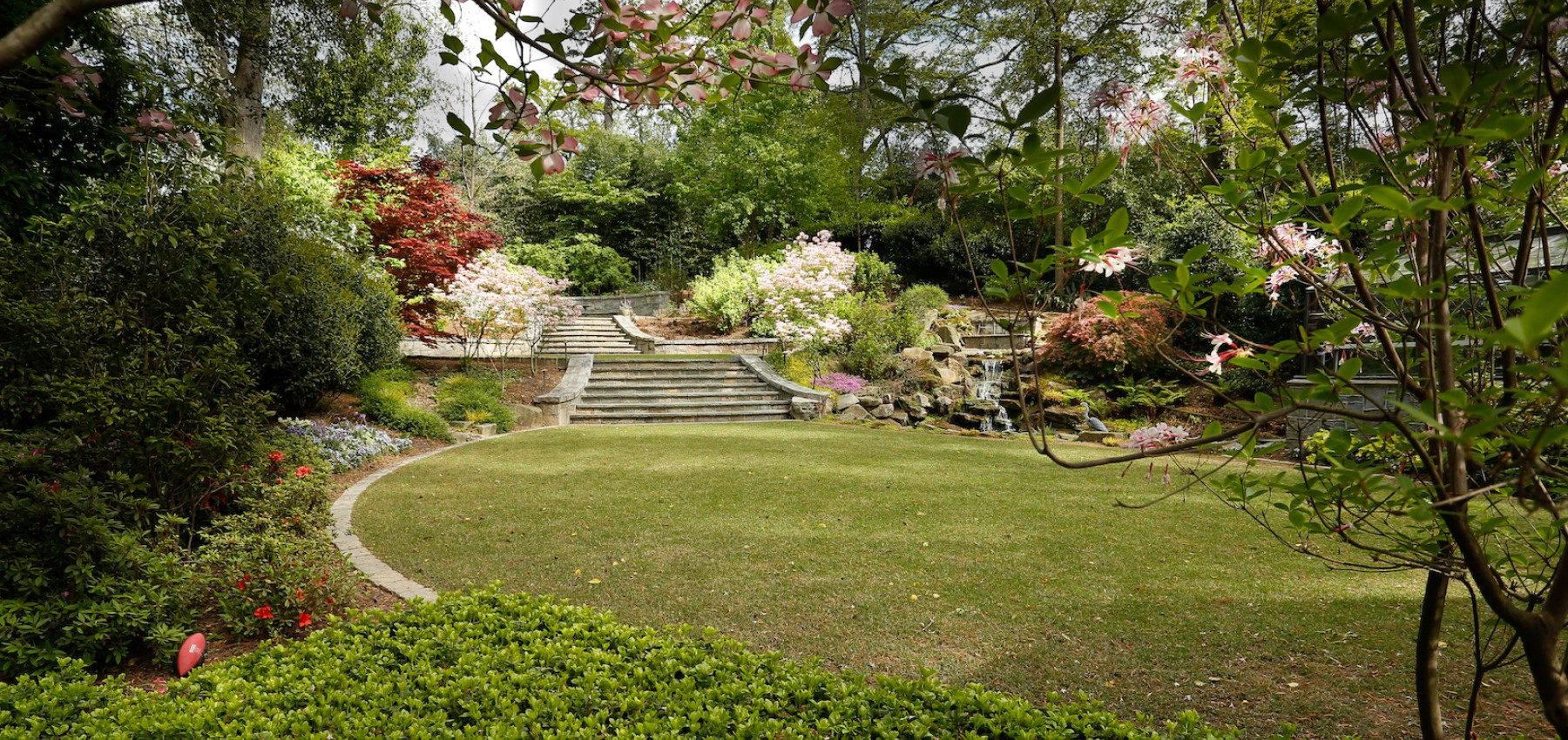The 15-Second Trick For Landscapers
Table of ContentsThe 2-Minute Rule for LandscapersThe Ultimate Guide To LandscapersLandscapers Things To Know Before You Get ThisAbout LandscapersThe Buzz on LandscapersLandscapers for Dummies
- A garden attribute where water is stood for by an accumulated rock product, normally a crushed rock or granite.- A stone or flagstone patio area, course, or walkway constructed without a concrete base.- A stone retaining or cost-free standing wall surface developed without the use of mortar. - A below ground structure that accumulate water and allows it to reduce percolate into the dirt around it.
Landscape style that is suitable with a sites' environment in both appearance and sustainability without adverse effects to the setting. Interrupting the landscape is a line of separation that creates aesthetic interest in the yard by separating one sector from another section. This can be aesthetic or useful, keeping one aspect (such as pea crushed rock) from getting blended right into one more (like bark dirt).
Locations can also have a feeling of "enclosure" supplied by trees, various other plantings, fencings, or displays. The landscape near the access to a structure.
The Of Landscapers

The element in a landscape style or area in a landscape that is indicated to be most famous. The focal point can be a plant, stone, statuary, collecting room, or various other landscape feature.

A Biased View of Landscapers
Rock product, either rounded or fractured, that is relatively little- usually 1" or less. Reduced plants that are permitted or encouraged to top a location. Can refer to any kind of "difficult" garden aspects consisting of statuary or stones however many typically is utilized to refer to paths, patio areas, and walls.: Elevation distinction in between the degree of water in a fish pond (or the level of the pump if it rests outside the fish pond) and the top outlet of water which impacts performance of the water pump in gph (gallons per hour). Dense shrubs or trees that form a fencing, display, or border.
Fence boards that run flat, frequently used in modern-day or Japanese-inspired landscape designs. Appropriate use of fictional lines can aid the landscape really feel connected to the home and various other elements.
Traditional PNW landscapes are informal. A plant that spreads out more than wanted, or into habitats where it does damages.
Some Of Landscapers
Smart irrigation controller reviews and recommendations right here. 2-D rendering of the recommended watering system. Can include head web link placements and coverage, pipeline sizing, GPM specifications, and materials needed to install this system. An irrigation plan is generally unneeded for houses but prevails for business jobs. Certified expert who creates landscapes, educated in design and style along with in gardening.
The specialist that prepares and develops landscape jobs, usually at a property or little commercial level with the significant style incentive on plantings. Landscape designers normally have less schooling than Landscape Architects and are not accredited. A completed landscape style, outlining all elements for the brand-new landscape. This normally takes the form of an illustration theoretically.
Using lots of growings of the same range to fill in a location in the landscape. This can decrease maintenance and water use in the garden.
A mix of cement, sand, and water that is utilized in stone masonry for establishing stones and joints. A layer of compost or bark dirt used at the base of a plant. A mass planting of moss. A plant that was existing in a geographical area before people began transforming the landscape.
The smart Trick of Landscapers That Nobody is Discussing
Just how the yard or a garden element is set up in partnership to an existing or new feature or to a direction. Yards that are not trimmed yet expanded in landscapes as perennials.

Tiny round gravel. Plants that supply seasonal passion and after that pass away back in the winter season. Annuals do not return the following season, yet perennials do. Cold season lawn that is one of the most common lawn lawn in Rose city, OR and the rest of the PNW.An open roofed framework over a patio area or other landscape attribute.
Lava accumulated ranging in dimension from 1/4" to dirt. The most usual landscape crushed rock in the PNW. Area of the landscape made to deal with water up click for source until it can saturate right into the ground. A chain that regulates water as it takes a trip from a roof covering rain gutter to the ground. Garden framework that develops a growing area that is consisted of and greater than the bordering quality.
Producing a yard attribute being composed mostly of stones with plantings that complement and can flourish in the rocky environment. Sprinkler head design that turns a stream of water throughout a location.
Our Landscapers PDFs

Comments on “The Basic Principles Of Landscapers”